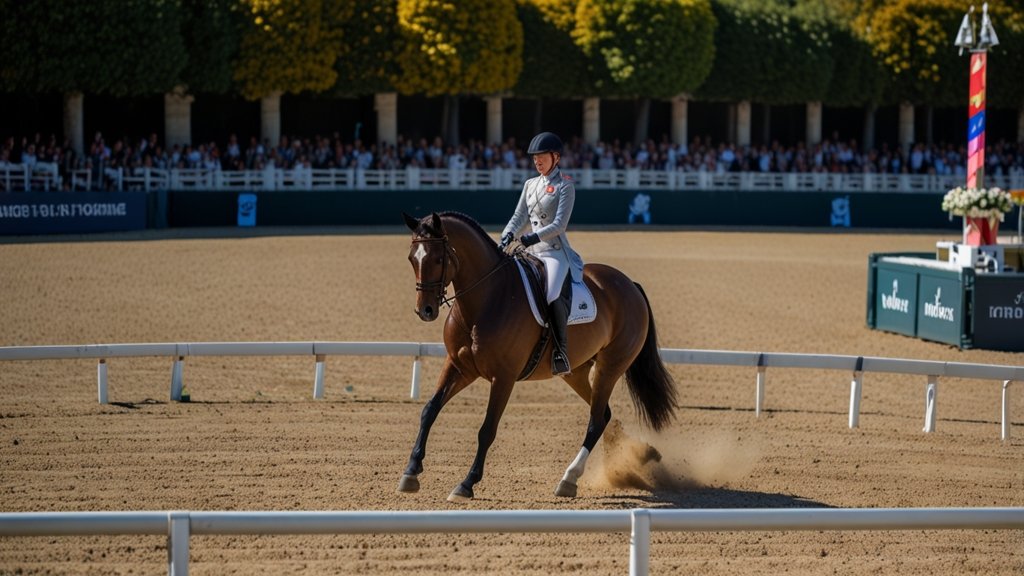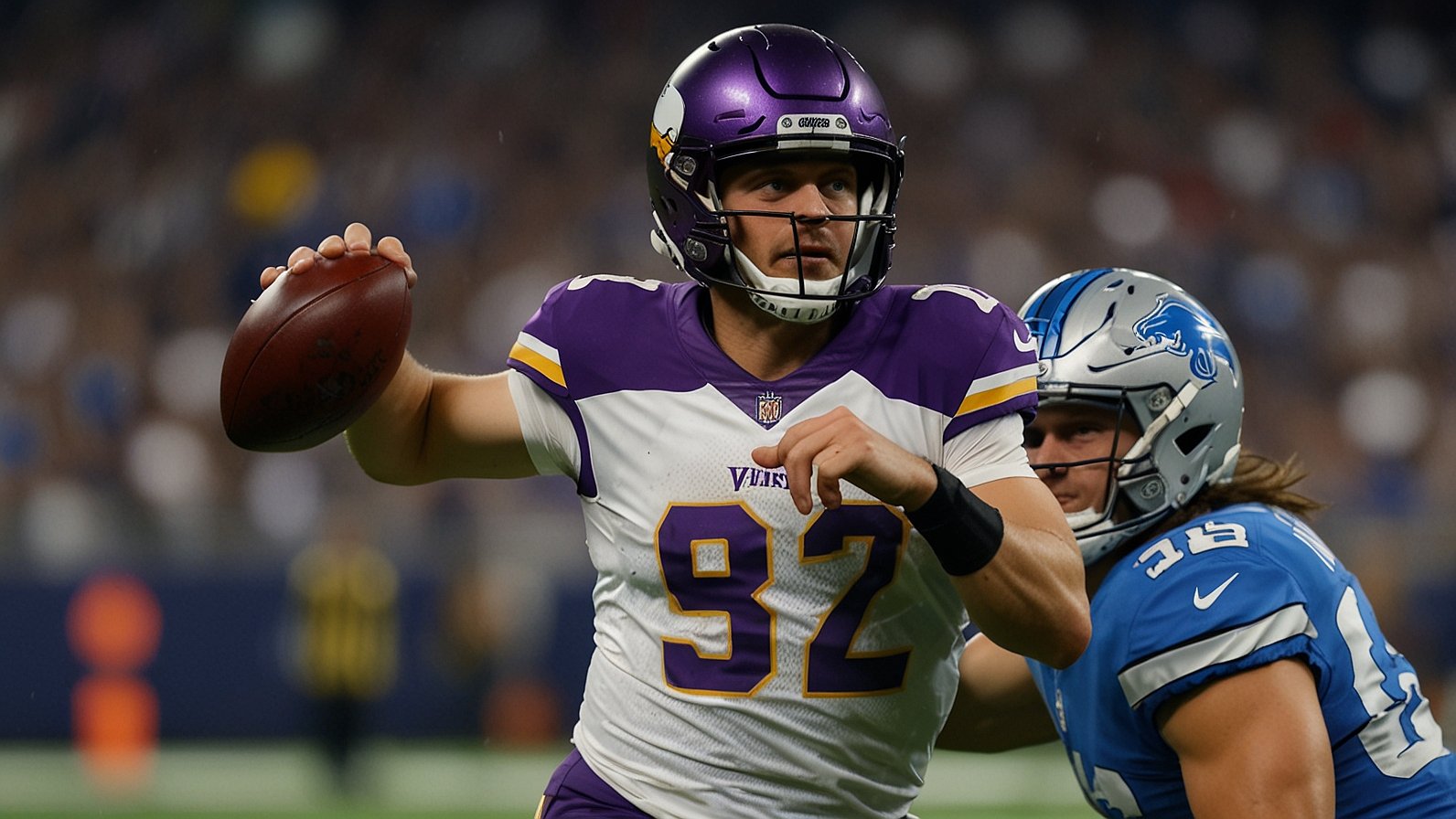Picture this: the morning mist lifts over 17th-century manicured gardens. A rider, perfectly balanced despite physical limitations, guides a powerful horse through a series of intricate movements with nothing but subtle shifts in weight and whispered cues. Behind them, gilded palace gates catch the sun. This isn’t a fairy tale—it’s the Equestrian Paralympics 2024 2024 in Paris, the only artistic sport on the Paralympic program, unfolding from September 3–7 in the legendary gardens of the Château de Versailles.
Forget everything you know about athletic limitations. Here, the bond between human and horse transcends disability, transforming dressage into a breathtaking dialogue of trust. With five classification grades and three medal events, this competition isn’t just about gold—it’s a living manifesto of inclusion, precision, and the quiet power of partnership. Ready to glimpse the soul of the Paris Paralympics? Let’s step into the arena.
Why the Equestrian Paralympics 2024 2024 Defies Expectations
You might wonder: Why dressage? Why Versailles? Unlike any other Paralympic sport, para equestrian demands artistic expression fused with athletic rigor. Riders with physical impairments—from limb differences to spinal injuries—compete in identical tests to Olympic athletes, judged on harmony, accuracy, and technical mastery. The horse becomes both partner and prosthesis, responding to cues as subtle as a breath change or tensed calf muscle.
Three elements make this unmissable:
- The Venue as Co-Star: Versailles isn’t just a backdrop—it’s a statement. Hosting events in UNESCO-listed gardens shatters barriers, placing para athletes center stage in a symbol of human triumph.
- No “Adapted” Rules: Riders execute the same complex movements (pirouettes, flying changes) as Olympic dressage, proving disability doesn’t dilute difficulty.
- The Invisible Dialogue: 70% of scoring hinges on the rider’s influence being imperceptible. A whisper, not a shout.
The Stage: Château de Versailles’ Secret Garden Arena
Move over, palace intrigue. The Equestrian Paralympics 2024 2024 transforms Versailles’ Orangerie and Equestrian Park into a sand-covered stage blending heritage with accessibility. Temporary ramps, tactile paths, and sensory zones ensure seamless movement for athletes and spectators. Fun fact: The 120x60m competition arena sits where Louis XIV once hosted extravagant equestrian ballets. History, it seems, loves symmetry.
Key Venue Specs:
| Feature | Detail | Impact |
|---|---|---|
| Accessibility | 100+ ramps, audio guides | Most inclusive Paralympic equestrian site ever |
| Arena Footprint | 7,200m² (sand footing) | Optimal cushioning for horse/rider safety |
| Spectator View | 5,000 seats + grassy knolls | Intimate sightlines to every movement |
| Legacy Plan | Permanent accessibility upgrades | Post-Games community riding programs |
Dressage Decoded: The Art of Invisible Conversation
Think of dressage as a ballet scored on physics and poetry. Riders perform prescribed sequences (Tests) where every transition, bend, and halt is graded from 0–10. At the Equestrian Paralympics 2024 2024, three events crown champions:
- Individual Championship Test: Technical precision on a set pattern.
- Individual Freestyle: Riders choreograph routines to music (think Axel Rose meets Vivaldi).
- Team Championship: Three riders from different grades combine scores.
The “X-Factor” Judges Crave:
- Harmony: Does the horse seem willing? No tail swishing, ear pinning, or resistance.
- Fluidity: Movements should look effortless, like flowing water.
- Accuracy: Hitting letters (markers in the arena) dead-center. Miss by an inch? Points docked.
Pro Tip: Watch the freestyle for storytelling. Riders like Italy’s Sara Morganti (Grade I) design routines mirroring their resilience—a crescendo of gaits symbolizing overcoming obstacles.
Also Read: Artistic Gymnastics Olympics Tickets: Your Ultimate Guide to Witnessing Gravity-Defying Glory
Classification: The Science of Fairness
Not all disabilities impact riding equally. The five-grade system ensures athletes compete against peers with similar functional abilities. Classification happens pre-Games by expert panels assessing muscle strength, coordination, and range of motion.
Para Equestrian Grades Demystified:
| Grade | Functional Profile | Typical Impairments |
|---|---|---|
| I | Severely limited trunk/limb control | Spinal cord injuries, cerebral palsy |
| II | Moderate trunk control, limited leg function | Amputations, partial paralysis |
| III | Good torso control, mild leg impairment | Arthrogryposis, MS |
| IV | Strong torso, impaired arms/legs | Limb deficiencies, coordination issues |
| V | Mildest impairment (e.g., single limb loss) | Amputations, reduced joint mobility |
Crucially, horses are the equalizers. A Grade I rider might use reins attached to a wrist splint; a Grade V rider might need a modified saddle. The horse’s training adapts to each partnership.
Athletes to Watch: Human-Heroes & Their Equine Partners
These riders don’t just compete—they redefine possibility. Meet three stars chasing history:
- Michele George (BEL, Grade IV): A vet surgeon and 4-time Paralympic gold medalist. Her secret? “Horses don’t see disability. They feel intention.”
- Roxanne Trunnell (USA, Grade I): Ranked #1 globally. Paralyzed after a viral brain infection, she rides with head movements and breath cues.
- Lee Pearson (GBR, Grade II): Born with arthrogryposis, he’s won 14 golds. His mantra: “Disability is my strength—it taught me problem-solving.”
Fun Fact: Horses are Paralympians too! They undergo 18 months of desensitization training to ignore crowds, cameras, and Versailles’ resident peacocks.
How to Experience the Equestrian Paralympics 2024 2024
Whether you’re trackside or streaming, here’s your access blueprint:
For Spectators:
- Tickets: Released via Paris 2024 portal (€25–€80). Early sessions sold out—target freestyle finals on Sept 7!
- Access Tips: Use the RER C train to Versailles Château Rive Gauche station. Accessible shuttles run every 10 mins.
- Can’t Attend?: Live streams on NBC Peacock (USA), Channel 4 (UK), and Paralympic.org.
Insider’s Viewing Guide:
- Focus on Transitions: Walk-to-canter shifts reveal rider skill.
- Watch the Horse’s Ears: Forward = attentive, back = stressed.
- Freestyle Music Matters: Lyrics are banned—pure instrumentals heighten emotion.
The Unspoken Legacy: Inclusion Beyond the Podium
The Equestrian Paralympics 2024 2024 isn’t just medals—it’s shifting perceptions. Studies show exposure to para sports reduces implicit bias by 34% (Journal of Sport Psychology, 2023). At Versailles, that impact multiplies:
- Youth Programs: 10,000+ French schoolkids will attend free clinics, meeting athletes like Germany’s multi-medaled Heidemarie Dresing.
- Tech Innovations: Motion-capture sensors on horses (used in training) will later assist disabled riders globally.
- Cultural Ripple: NBC’s documentary “Horse & Soul” (airing Aug 2024) traces riders from farm to podium.
As Pearson told Para Equestrian Digest: “We’re not here for pity. We’re here because we’re bloody good.”
Your Next Move: Ride the Wave
The Equestrian Paralympics 2024 2024 celebrates a truth: Greatness isn’t about the body you have—it’s about the partnership you build. Whether you watch one test or all 32, you’ll witness the alchemy where struggle becomes artistry.
3 Ways to Engage Now:
- Virtual Stable: Follow @FEI_Para on Instagram for horse/rider diaries.
- Local Clubs: Try adaptive riding via PATH International.
- Host a Viewing Party: Download FEI’s “Dressage Bingo” sheets for playful commentary.
As the shadows lengthen over Versailles on September 7, remember this: Every rider there once faced a doctor saying, “You can’t.” Together with their horses, they answered, “Watch us.”
You May Also Read: Experience Live Cricket Like Never Before with TouchCric
FAQs
Why are there two “2024” in the name?
It’s a typo-turned-talking point! Officially “Paris 2024 Paralympics,” but search engines use this phrasing. The event is singular: 2024.
Can any horse compete?
No. Horses must be 8+ years old, cleared by vets, and trained for dressage’s mental/physical demands (e.g., ignoring distractions).
How do riders with no leg function control the horse?
Via voice, seat bones, weighted vests, reins attached to prosthetics, or whips held in mouth. Horses learn 20+ voice commands.
Is there a “team” element beyond medals?
Absolutely! Riders share coaches, vets, and mental trainers. Team USA’s squad bonds over trail rides pre-Games.
Why no jumping or other equestrian sports?
Dressage’s controlled environment ensures safety and fairness across impairments. Jumping remains too high-risk for some disabilities.
Do riders own their Paralympic horses?
Rarely. Most are leased from professional stables costing €500K+! Funding is athletes’ #1 hurdle.
How can I support beyond watching?
Donate to organizations like Riding for the Disabled funding therapy and talent pipelines.










